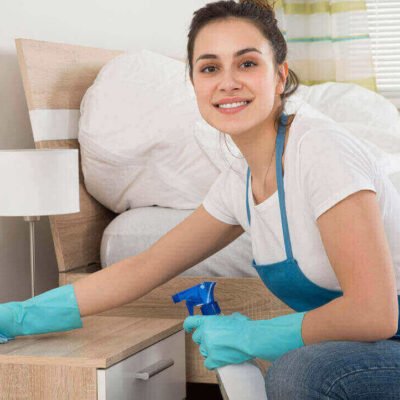Here's a breakdown of the two processes:
Both marble buffing and polishing are methods used to enhance the appearance of marble surfaces, but they serve slightly different purposes.
1) Marble Buffing:
Buffing involves the use of a buffing machine with a soft pad or brush to remove minor scratches, dullness, and surface imperfections from the marble. The buffing process typically uses a mild abrasive compound or powder that helps to restore the shine and smoothness of the marble surface. Buffing can be effective for addressing minor surface issues and restoring a moderate level of shine to the marble.
2) Marble Polishing:
Polishing is a more comprehensive process that goes beyond buffing to achieve a higher level of shine and luster. It involves the use of a polishing machine with diamond abrasive pads of varying grits. The pads gradually refine the surface of the marble, removing deeper scratches, etch marks, and stains, and revealing a smoother and more polished finish. Polishing is a more intensive process that can produce a mirror-like shine on the marble surface.
In general, buffing is suitable for marble surfaces with minor wear and light scratches, while polishing is recommended for more significant damage and to achieve a higher level of shine. The choice between buffing and polishing depends on the condition of the marble, the desired level of restoration, and the specific goals of the project.
It’s worth noting that both buffing and polishing should be performed by trained professionals who have experience working with marble surfaces. They have the knowledge, skills, and equipment to assess the condition of the marble and determine the appropriate method to achieve the desired results.
Before deciding on a specific approach, it’s advisable to consult with marble restoration experts who can evaluate your marble surfaces, provide recommendations, and perform the necessary techniques to restore and enhance the beauty of your marble.





